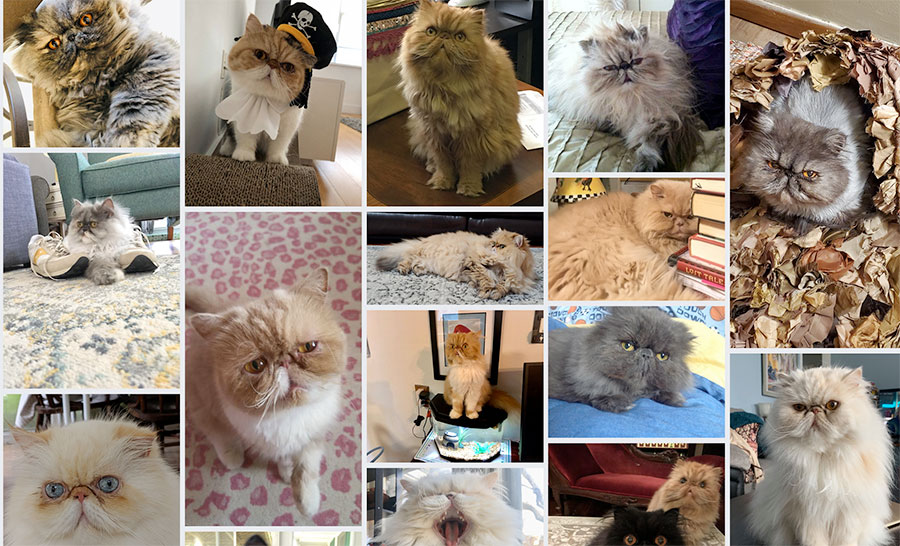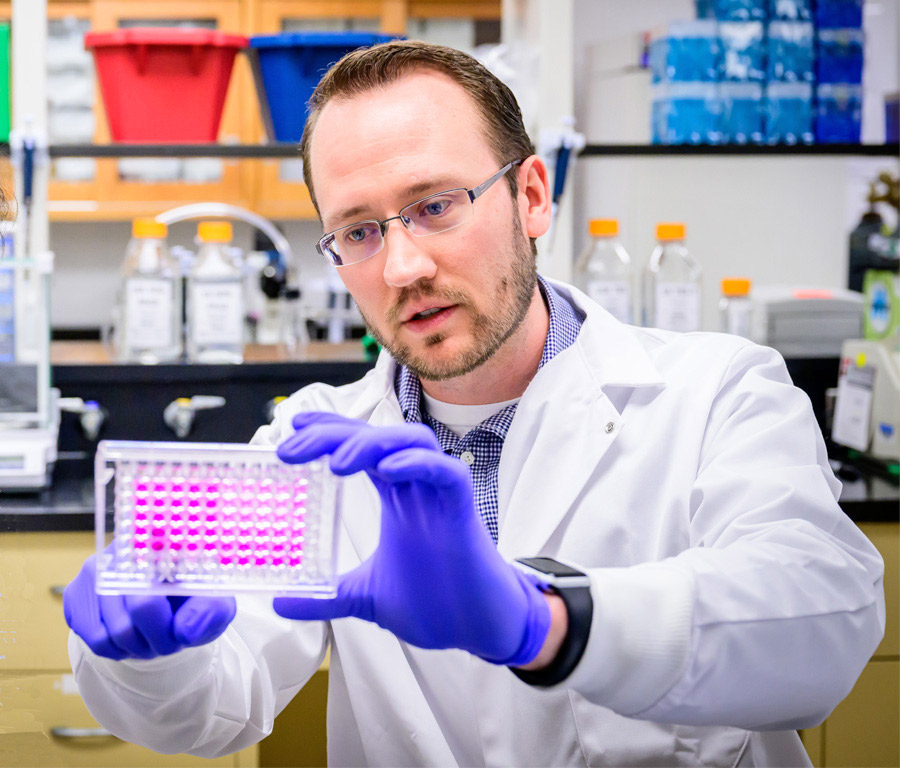Dr. Heidi Phillips and Dr. Daniel Shinsako, veterinary surgeons at the University of Illinois College of Veterinary Medicine, are reaching out to the owners of brachycephalic cats that previously underwent surgery to open their nostrils to relieve obstructed breathing.
They are asking owners to complete a questionnaire about their cat’s quality of life since the surgery. The goal of the study is to find out if the improvements noted in the immediate post-surgical period have continued.
If they learn that this surgical procedure brings lasting relief for brachycephalic cats, they can teach other veterinary surgeons how to perform it. Then more cats around the world might be helped.
We are incredibly appreciative of the time dedicated by owners who chose to have their cats undergo surgery with our team and to collaborate in this study. Owner and pet participation has the potential to positively and significantly impact the future of feline medicine and surgery.
Dr. Heidi Phillips and Dr. Daniel Shinsako | University of Illinois Soft Tissue Surgery Service
Background Information on Brachycephalic Pet Health Issues
Breeds of dog with flat faces and short noses, termed “brachycephalic,” include French bulldogs, English bulldogs, pugs, and others. These breeds, which have a “baby-faced” appearance endearing to many owners, are becoming increasingly popular in the United States.
In cats, Persian, Himalayan, and exotic shorthair breeds also feature an increasingly flat face.
Sadly, shortening of the skull does not result in shortening of the soft tissues inside the head. The result is that these soft tissues—of the nose, palate, tongue, and throat—having nowhere to go, cause life-threatening obstructions to airflow through the nose and mouth.
Photo by Fred Zwicky
Brachycephalic Obstructive Airway Syndrome is the name for this condition. It causes progressive difficulty breathing, exercise intolerance, and sleep and eating disturbances. And it can be deadly.
Illinois Veterinary Surgeons Investigate Flat-Faced Cats
While scholarly attention has mostly focused on brachycephalic dogs, University of Illinois surgeons were the first to describe a brachycephalic syndrome in cats.
In a landmark study, Drs. Heidi Phillips and Hadley Gleason evaluated questionnaire responses submitted by owners of nearly 1,200 cats. The responses showed that brachycephalic cats were more likely than non-brachycephalic cats to suffer from such symptoms as sneezing, coughing, nasal discharge, difficulty breathing, decreased activity, and even difficulty chewing.
(Cat owners who completed the 2019 questionnaire were invited to upload a photo of their feline friend. The photo at the top of this page shows some of the images posted on the Facebook page of the college’s Veterinary Teaching Hospital.)
In a follow-up study funded by the EveryCat Health Foundation, Drs. Phillips and Gleason evaluated brachycephalic cats using airway examinations; CT scans of the head, neck and chest; echocardiographic examinations, and other tests both before and shortly after surgery to open the nostril. The study results confirmed that the surgical procedure, known as ala vestibuloplasty, produced significant improvements in cats’ cardiopulmonary health and habits related to breathing, playing, eating, and sleeping.
Today, Drs. Phillips and Shinsako are asking owners of cats that have undergone ala vestibuloplasty at the University of Illinois to complete questionnaires comparing their pet’s preoperative signs and symptoms to their cats’ health and habits at least 6 months after surgery. Questionnaire responses will be analyzed statistically to determine what might be the effects of ala vestibuloplasty on the long-term health of brachycephalic cats.




